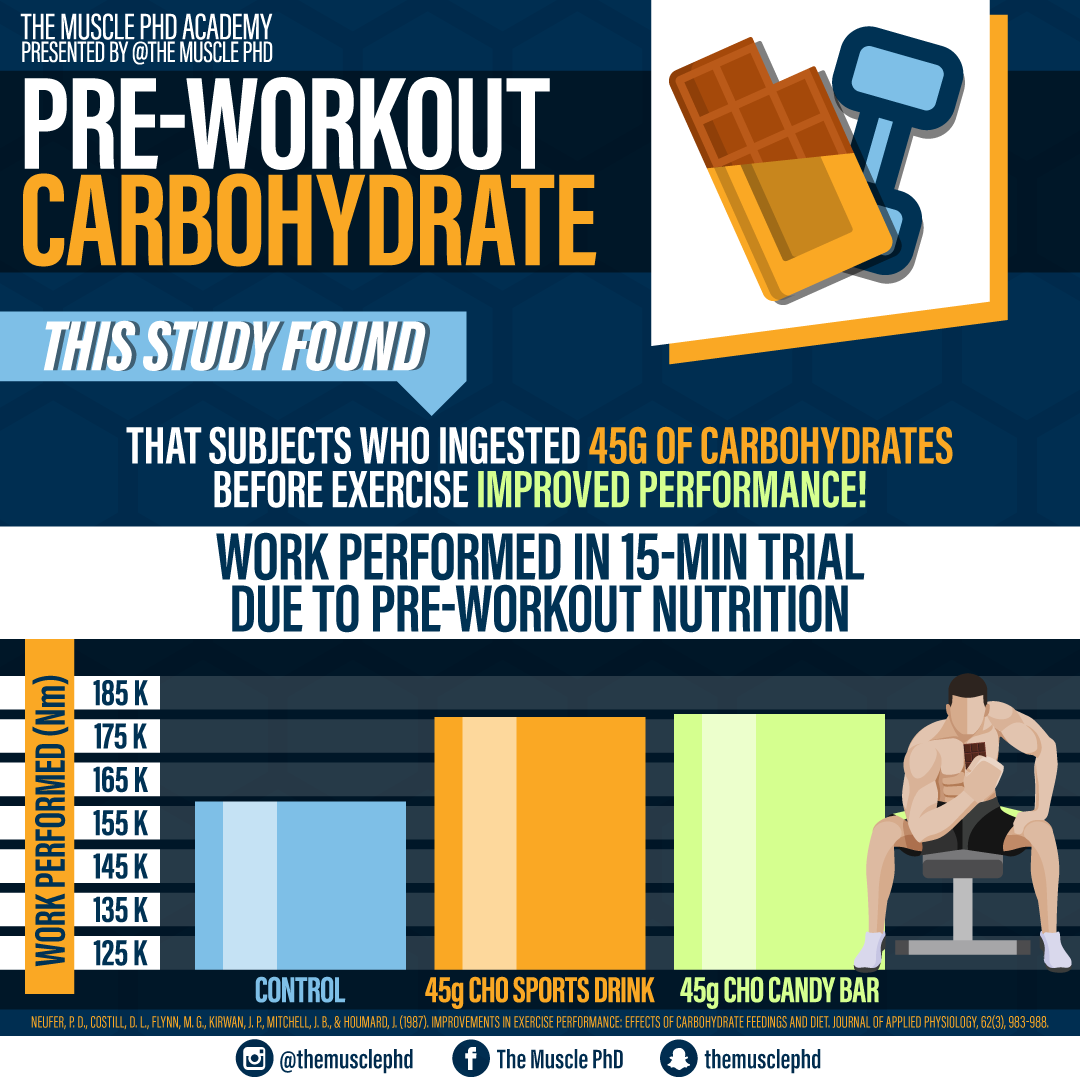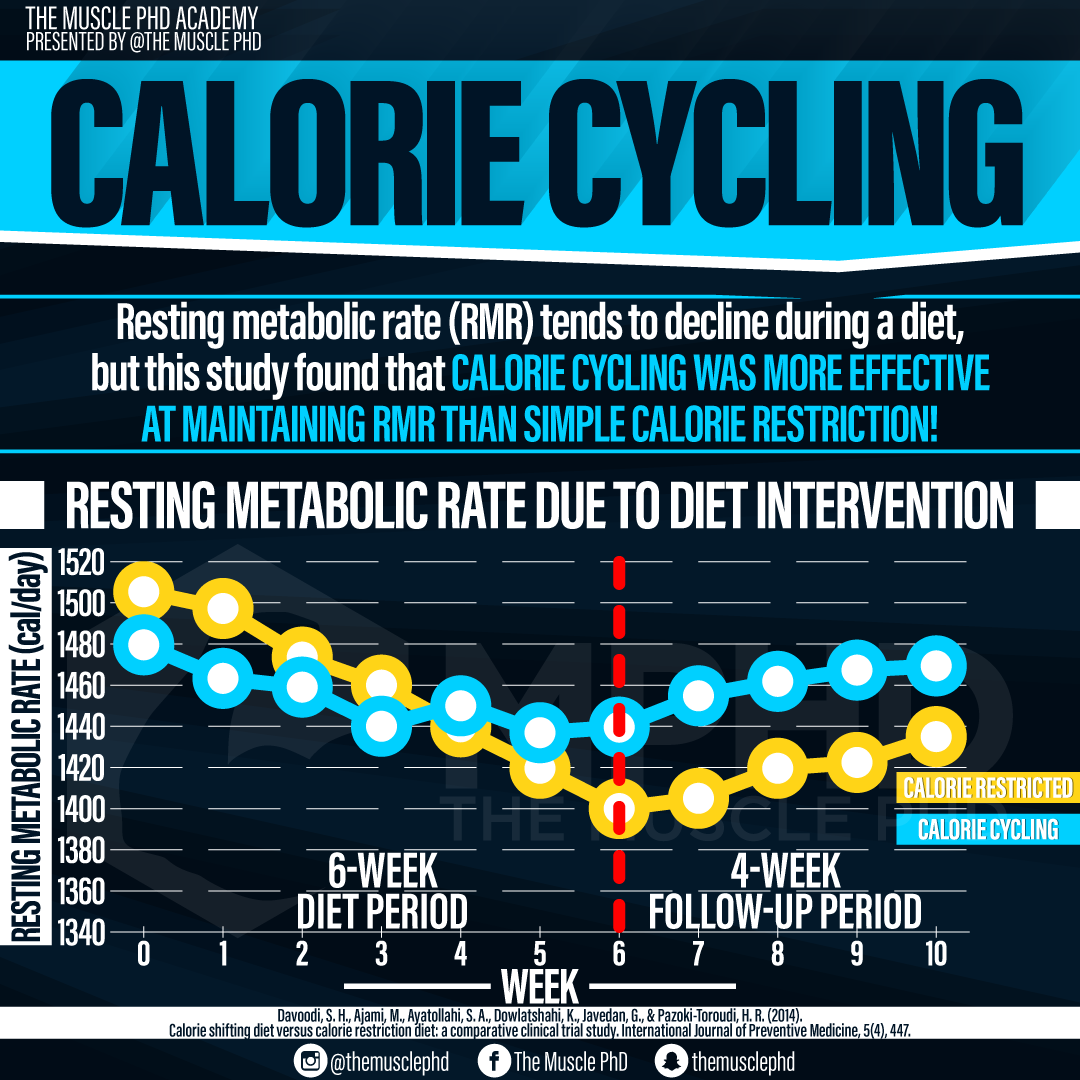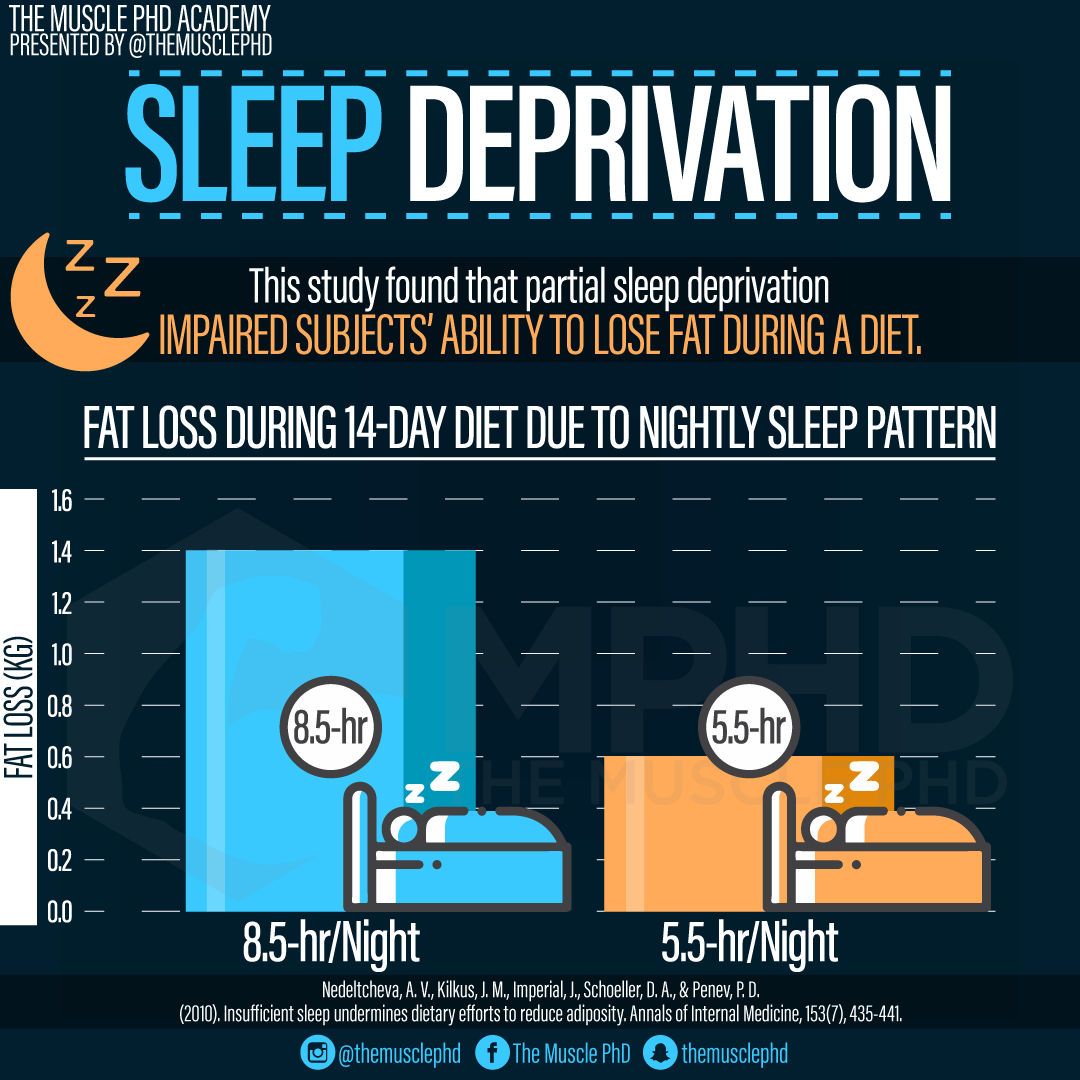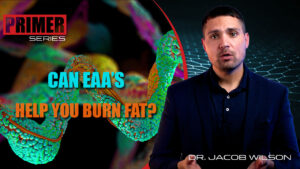
What Causes Growth?
In this piece we cover the latest science on the determinants of muscle hypertrophy and how you can apply this information in your own training.
The most comprehensive bodybuilding and exercise science course that’s designed to equip you with the knowledge and skills to become a versatile coach, capable of training individuals from all backgrounds and enabling you to establish a thriving business of your own.
The most comprehensive bodybuilding and exercise science course that’s designed to equip you with the knowledge and skills to become a versatile coach, capable of training individuals from all backgrounds and enabling you to establish a thriving business of your own.

In this piece we cover the latest science on the determinants of muscle hypertrophy and how you can apply this information in your own training.

Mechanical tension has quickly become the main accepted stimulus for muscle growth. What is mechanical tension? Can we measure it? Why would this be important for growth?

Over the years, science has developed a greater understanding of muscle contractions and function. However, some key aspects have always perplexed scientists until recently.

We know that muscles grow through a process called hypertrophy. However, another potential process, called hyperplasia, may exist. What’s the difference?

Carb cycling is a popular stategy employed by athletes and bodybuilders in an attempt to improve exercise adaptations and body composition. Does it work?

Time Under Tension has become a massive catchphrase in the fitness community. Is it really the most important variable for maximizing growth?

Proper nutrition is the most important component of a well-rounded recovery plan. Water, electrolytes, carbohydrate, and protein all need to be optimized post-training to maximize recovery.

If you’re training for endurance or usually train longer than an hour at a time you might get some benefit out of consuming carbohydrates before your workout.

One of the issues with consuming a calorie-restricted diet is that it can cause your metabolism to slow down. This study found that calorie cycling negated this effect.

If you’re trying to lose fat, focusing on diet and exercise are incredibly important. However, you can’t neglect the importance of sleep. This study found the mild sleep deprivation significantly reduced fat loss during a diet.

Tribulus Terrestris has long been marketed as a natural testosterone booster but literally no study has confirmed this assertion. Tribulus is not an effective supplement for anything bodybuilding-related.

This study found that extending the nightly sleep of Division-1 basketball players improved their performance in several tasks including sprinting. Getting extra sleep will more
Take a short quiz to create a program that’s tailored to your goals and needs. No more going to the gym day after day just to get zero results. Crush through plateaus and start getting the gains you deserve with a custom training program.
Takes 4 minutes

Dr. Wilson will discuss the top 3 reasons your pecs aren’t fully developed. These are the techniques you need to optimize chest hypertrophy.

Can essential amino acids help you burn fat? We will explain what EAAs are and how to supplement with them.

In this episode of the Muscle PhD Academy Live we will discuss training for hockey and we’ll be answering community questions

In this episode of the Muscle PhD Live, I will be going over the anatomy of the chest and ways to optimize chest training for maximum gains

In this episode of the Muscle PhD Live, we will be discussing Biceps Training. This is a great discussion on how to optimize your arm training

In this episode of the Muscle PhD Live Academy we will be discussing the different types of muscle contractions
Our sophisticated macro calculator utilizes numerous body metrics and lifestyle habits to provide you with a full-calorie and macro breakdown to help you achieve your dream physique.

